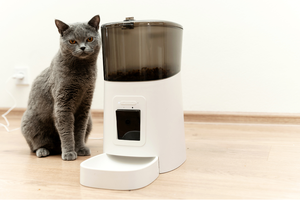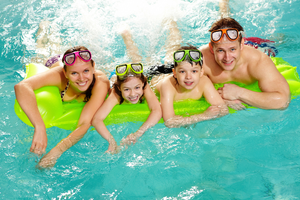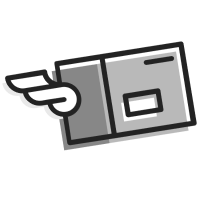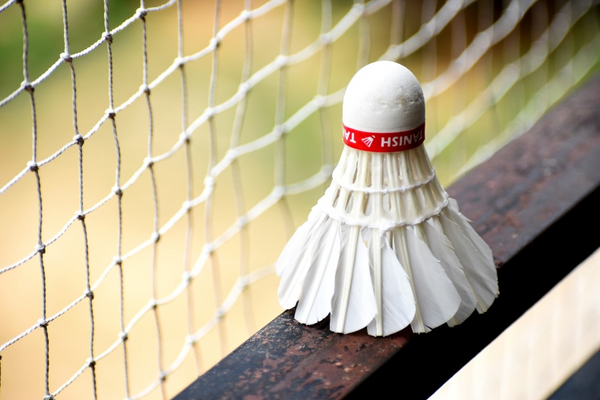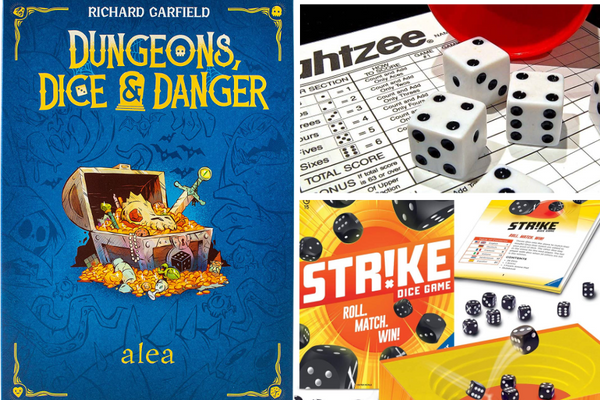Welcome to the exciting world of disc golf, a sport that combines the best elements of traditional golf with the fun and accessibility of throwing discs. If you're looking for a fresh, outdoor activity that's perfect for friends and family, you've come to the right place. Our complete beginner's guide on how to play disc golf will walk you through everything you need to know to dive headfirst into this thrilling game.
Disc Golf Basics
At its core, disc golf is a sport similar to traditional golf, but instead of hitting a ball with a club, players throw a disc from a tee pad aiming for an elevated metal basket. Just like in golf, the goal is to complete each hole in the least number of throws.
With most disc golf courses situated in beautiful public parks, you can enjoy the great outdoors while you play. As you progress through this guide, you'll learn about the various types of discs, throwing techniques, and essential disc golf gear that will help you become a skilled disc golfer.
Disc Golf Terminology
Before you hit the course, it's essential to familiarize yourself with some common disc golf terms:
- A hyzer is a right-handed backhand throw that curves to the left, while an anhyzer curves to the right.
- An unplayable lie occurs when your disc lands in a tricky spot like a large bush, a tree, or water. A mandatory, or "mando," directs players to navigate the course in a specific way such as around but not over an obstacle.
- When starting a hole, you'll throw from the tee box or behind the marked tee area, known as the tee throw.
Disc Golf Discs
Disc golf features a variety of discs designed for specific purposes. There are a few categories: distance drivers, mid-range, and putters. Unlike regular Frisbees, disc golf discs are specifically designed to provide a better experience, with different flight characteristics and qualities. Selecting the right disc is crucial when starting, as picking the wrong one can hinder your progress and results.
Disc Flight Ratings
To better understand the expected flight path of a disc, manufacturers use a flight rating system, which includes speed, glide, turn, and fade. Speed is the most crucial factor when selecting a disc, as it indicates the disc's potential distance.
Glide measures how long a disc will stay in the air, while turn and fade describe how the disc curves to the right and left, respectively. By understanding and using these ratings, you can make informed decisions when choosing the right disc for your skill level and throwing style.
Getting Started with Disc Golf
Now that you're familiar with the basics, it's time to jump into action. Your first step is to find a disc golf course. Online directories and public park websites can help you locate courses near you.
Once you've found a course, grab a disc golf disc and get ready to play. In the next sections, we'll dive into the art of throwing and how to navigate the course to ensure a successful disc golf experience.
Disc Golf Courses
Choosing the right disc golf course is essential, especially for beginners. A great resource is discgolfscene.com which allows you to search for courses in your area. When selecting a course, consider factors such as the course layout and difficulty level to ensure it matches your skill level and preferences. As you progress in your disc golf journey, you can explore more challenging courses to test your skills. Once you have played disc golf, you may even want to purchase your own disc golf basket for a home-built course!
Choosing Your First Discs
Selecting the right disc is crucial for your success in disc golf. For beginners, we recommend starting with putters, mid-range discs, and fairway drivers that are straight to understable. These discs are easier to throw and allow you to focus on developing proper throwing techniques.
As you gain experience, you can experiment with different discs to find the ones that best suit your throwing style and preferences.

Mastering the Art of Throwing
To excel in disc golf, it's essential to master the art of throwing. The backhand is the most popular and versatile technique, suitable for a wide range of shots. As you practice, you can also learn advanced throwing techniques like the forehand (sidearm) throw and various putting techniques.
In the following sections, we'll explore each of these techniques in detail, helping you develop a well-rounded disc golf skill set.
Backhand Throw
This throw is the foundation of your disc golf game. To execute, grip the disc firmly with your fingers on the inside rim, and bend your index finger until it touches the rim. Stand with your feet at a 90-degree angle to the target, knees and hips slightly bent, and staggered slightly.
Extend the disc out in front of your body and then reach back with it past your body, known as the reach back. Release the disc with a straight arm and follow through to ensure maximum hand velocity and avoid timing issues.
Forehand (Sidearm) Throw
The forehand throw, also known as the sidearm throw, is another valuable technique in your disc golf arsenal. To perform a forehand throw, grip the disc with your fingers on the inside rim, bend your index finger until it touches the rim, and place your middle and ring fingers on the rim. Flick your wrist confidently to release the disc. Adding a short run-up, called the x-step, can generate more distance in your throws, but make sure to master the standstill stance first.
Putting Techniques
Disc golf putting technique is crucial for the game's success. It requires focus, accuracy, and control. Players use various styles and grips, such as the push putt with a gentle shove or the spin putt with a wrist snap for added spin. Practice and understanding one's technique are vital for consistent putting and lower scores.
Remember, by combining the three release angles (hyzer, flat, and anhyzer) with the three types of discs (putter, driver, and mid-range disc), you can create nine different basic shot shapes to navigate the course. Experimenting with these shot shapes and release angles will allow you to adapt to various situations and improve your overall disc golf performance.
Navigating the Course
As you become more comfortable with the basics, it's essential to learn how to navigate the course and deal with any obstacles you may encounter. In this section, we'll discuss tips for dealing with trees, water hazards, and other course obstacles, as well as the rules for out-of-bounds situations. For trees, the best way to avoid them is to plan your shot in advance. Make sure to take into account the wind direction and the shape of the tree. If you can't avoid the tree, try to hit the tree low rather than lose your toss in the branches.
Dealing with Obstacles
Trees, bushes, terrain changes, water hazards, and out-of-bounds zones are all obstacles you may encounter on the course. If your disc is stuck in a tree or a bush more than 2 meters above the ground, place a marker beneath it, carefully remove the item from the tree, and add one extra throw to your score as a penalty.
Knowing how to handle these obstacles is crucial for a successful and enjoyable outing.
Out-of-Bounds Rules
A disc is considered out-of-bounds if its position is entirely surrounded by an out-of-bounds area. If your throw goes out-of-bounds, you must add one throw to your score for that hole and bring your disc back into play from where it went out of bounds or from a spot marked by a marker placed on the playing surface up to one meter away.
Understanding and following these rules is vital for maintaining fair play and proper etiquette on the course.

Essential Gear and Attire
Being prepared with the right gear and attire can make a significant difference in your experience. In this section, we'll cover essential items.
These items may include discs, a disc golf bag, a mini marker disc, a towel, a water bottle, and a scorecard. Additionally, it's important to wear the right clothing and footwear for a comfortable and enjoyable day on the course. Opt for lightweight materials and breathability.
Golf Bag Essentials
Your disc golf bag should include discs, washcloths, energy snacks, a power bank, bug spray, sunscreen, and a mini marker disc. You may also want to consider carrying a tentpole disc retriever to get those discs caught in trees or water hazards.
Appropriate Clothing and Footwear
When it comes to clothing and footwear, comfort and flexibility are key. Choose clothes that allow for a full range of motion and are appropriate for the weather conditions. Popular shoe brands for disc golf include Adidas Terrex, Merrell, and Saucony, with hiking shoes and trail runners also being excellent choices.
Wearing the right clothing and footwear can significantly impact your performance and overall enjoyment of the game.
Recommendations and Ratings
As you begin your exciting new journey, you may be wondering which discs, bags, and beginner sets are best suited for your needs.
In this section, we'll provide recommendations and ratings for various disc golf gear, helping you make informed decisions as you invest in your new hobby.
Recommended Discs
For newcomers, we recommend starting with easy-to-throw and affordable discs like the Innova Leopard, Shark, and Aviar. These are perfect for beginners and are widely accepted among players of all skill levels.
As you gain experience, you can explore other disc options tailored to your specific throwing style and preferences.
Recommended Bags
Selecting the right bag is essential for keeping your gear organized and easily accessible. For beginners, the Dynamic Discs Trooper Disc Golf Backpack and the Prodigy Pro BP-1 are excellent choices.
Intermediate players may consider the Grip EQ BX bag, while experienced players can opt for the Dynamic Discs Commander Disc Golf Cart Bag.
Recommended Beginner Sets
If you're just starting with disc golf, beginner sets are a great way to obtain a variety of discs tailored for new players. Some top-rated beginner sets include the Innova DX Starter Set, Discraft Beginner Disc Golf Set, and Divergent Discs 5 Disc Max Value Set.
These sets provide a solid foundation for your disc golf game, allowing you to experiment with different discs and shot types as you progress.

Participating in Tournaments and Joining the Community
One of the most rewarding aspects of the game is participating in tournaments and joining the community. Not only does this provide you with opportunities to improve your skills and learn from more experienced players, but it also allows you to make connections with fellow enthusiasts.
In the following sections, we'll discuss how to find and register for tournaments, as well as the benefits of joining the Professional Disc Golf Association (PDGA).
Finding and Registering for Tournaments
discgolfscene.com is a fantastic website for finding and signing up for disc golf tournaments. Tournaments offer various competition tiers and divisions, allowing you to test your skills against others at your level.
Participating in these events can help you better understand and improve your game while watching professional players in action.
Benefits of PDGA Membership
Joining the PDGA offers numerous advantages, including discounts on various products and services including a 50% discount on a monthly subscription to the Disc Golf Network.
Additionally, as a PDGA member, you'll enjoy a Disc Golfer Magazine subscription and the opportunity to connect with other disc golfers as part of the PDGA community.
Frequently Asked Questions (FAQs)
We hope this beginner's guide has provided you with valuable insight into this exciting world. As you embark on your journey, remember the importance of understanding the rules, selecting the right equipment, and mastering various throwing techniques.
With practice and dedication, anyone can learn to play and enjoy this fantastic outdoor sport.
How do I play?
Playing disc golf is very similar to playing regular golf. The difference is the equipment and that you are throwing rather than swinging a club. Start out in the teeing area and throw your disc toward the target. After each shot, pick up the disc where it landed and take your next shot toward the target (be sure to throw from behind where your previous shot landed). Continue until you are close enough to throw for the chains and upon successfully landing in the basket, record your score. Then, move on to the next target (don't forget to gather up your bag and other belongings from the previous hole). The lowest score at the end of the round is the winner.
How should one select their first disc for disc golf?
Selecting the right disc when starting is crucial for your success. As a beginner, it's recommended to start with putters, mid-range discs, and fairway drivers that are straight to understable. These types are generally easier to throw and allow beginners to focus more on developing the right throwing techniques. As you gain more experience, you can experiment with different ones to find those that best suit your throwing style and preferences.
What are some tips for navigating obstacles in disc golf?
Obstacles such as trees, bushes, terrain changes, and water hazards are common on disc golf courses. Dealing with these obstacles often requires strategic planning and a good understanding of your throws. If your disc lands in a tricky spot, the key is to remain calm and think through your next move. Always remember the rule for "unplayable lie," where if your throw is stuck in a tree or bush more than 2 meters above the ground, you must place a marker beneath it, carefully remove the item, and add one penalty throw to your score.
What is the importance of having the right gear and attire in disc golf?
Having the right gear and attire can significantly impact your performance and overall enjoyment of the game. Wearing appropriate clothing that allows for a full range of motion is also important. Footwear should be comfortable and provide adequate grip for the terrain you'll be playing on. Preparing your gear and attire carefully not only increases your comfort during the game but also helps prevent potential injuries and setbacks.
How can one participate in disc golf tournaments and join the community?
Participating in tournaments and becoming part of the community are rewarding aspects of the game. Websites like discgolfscene.com provide information about tournaments where you can sign up and compete against other players. Also, consider joining associations like the Professional Disc Golf Association (PDGA), which offer numerous benefits, such as product discounts, and opportunities to connect with other disc golfers.
Are Frisbee golf and disc golf the same?
Yes, they are essentially the same sport. The only difference lies in the name. The term "Frisbee" is a registered trademark of the Wham-O toy company, and they are not associated with the sport officially known as "Disc Golf."
Can you play disc golf with a regular Frisbee?
Yes, you can play with a regular Frisbee as long as it is the official size for the game.
Last Hole Insights: Concluding Your Disc Golf Primer
This game is an incredible way to get outdoors, have fun, and challenge yourself, all while connecting with friends and family. By equipping yourself with the right knowledge and gear, you'll be well on your way to mastering this exciting sport.
Playing disc golf offers an accessible and enjoyable outdoor activity that can be enjoyed by players of all skill levels from the professional disc golfer to the rookie. With the right equipment, knowledge, and practice, anyone can learn to play and experience the thrill of navigating challenging courses and competing in tournaments.
So, why wait? Get started on your disc golf journey today and discover the joy of this exciting sport.
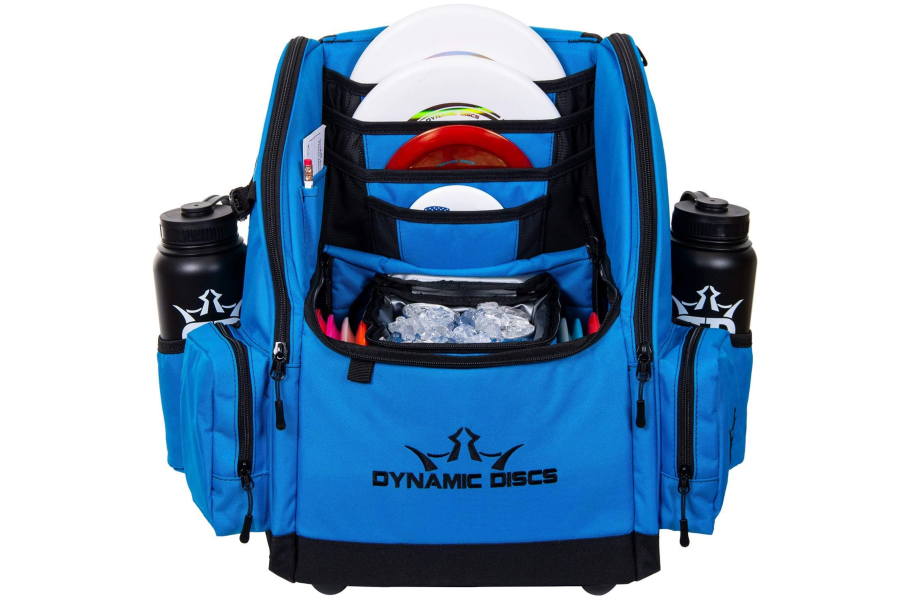
Read Peter's review of the Best Disc Golf Bags and Backpacks for 2023
Peter Piper's Picks participates in Amazon Associates and other affiliate programs. We may earn commissions from purchases made by following links from our website. There is never any additional cost to you.


